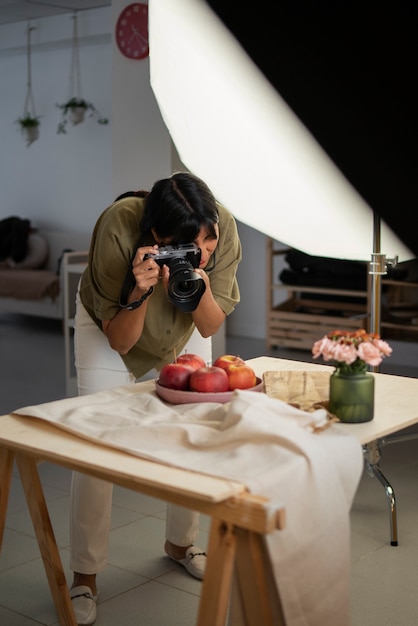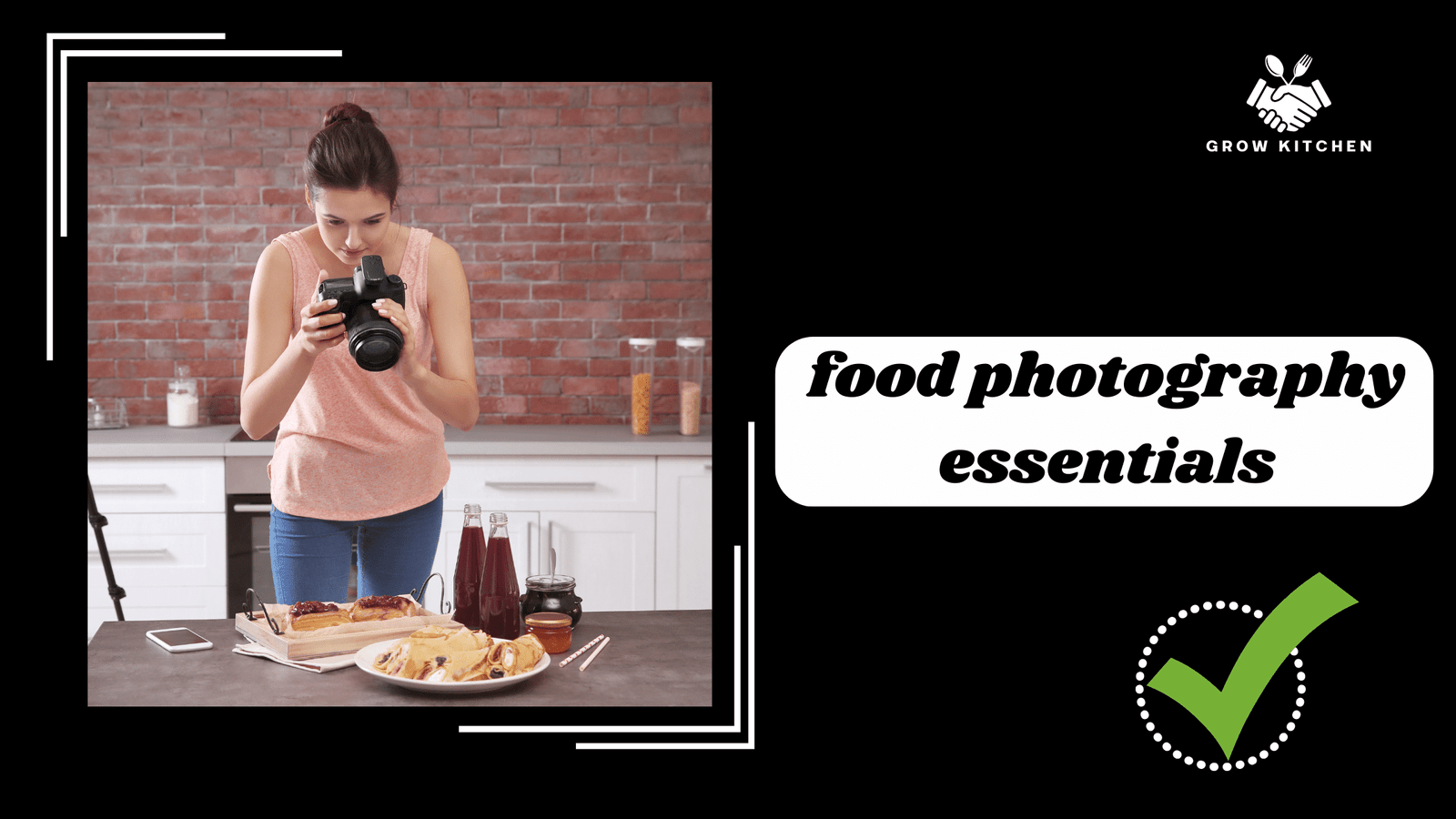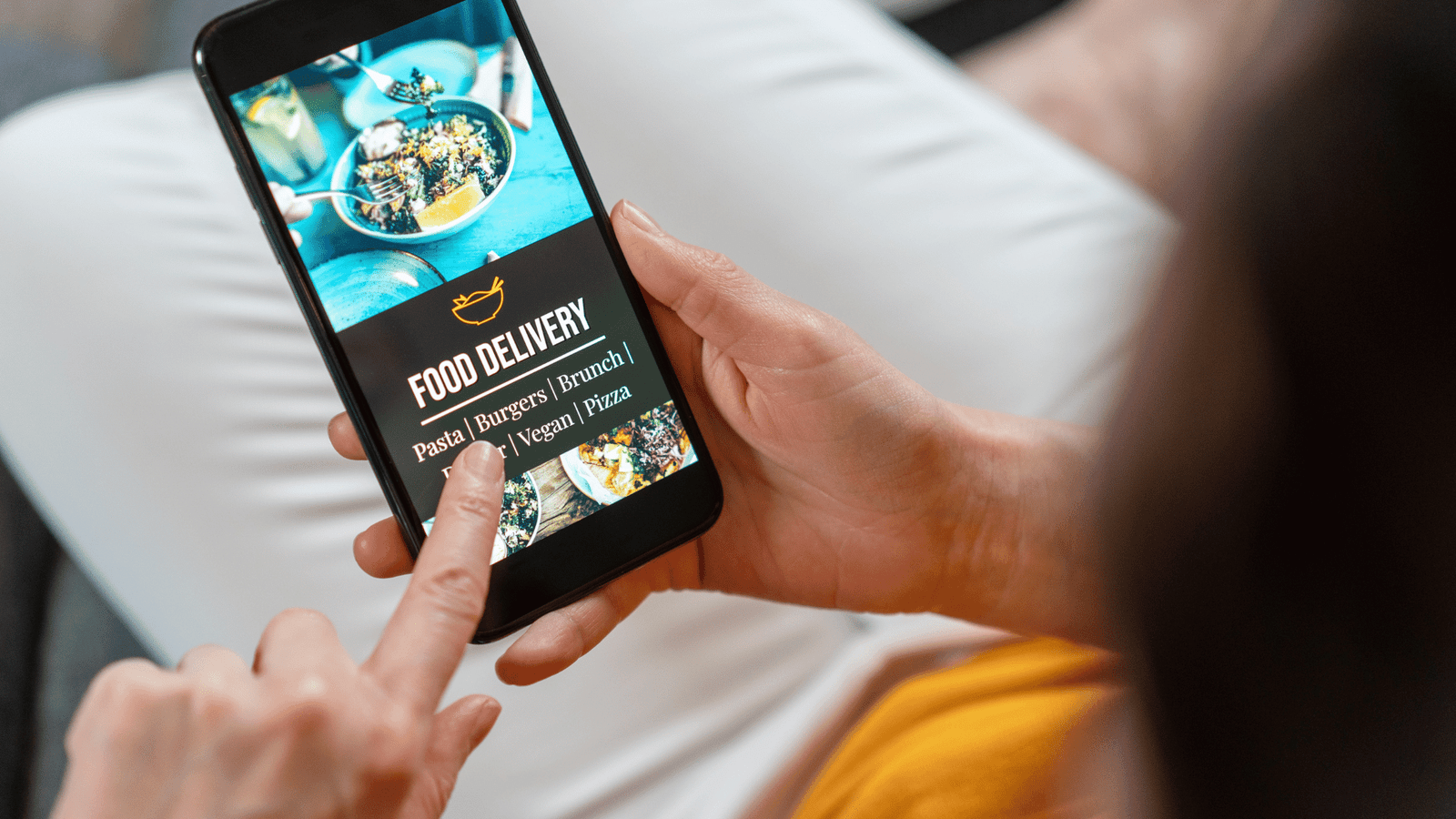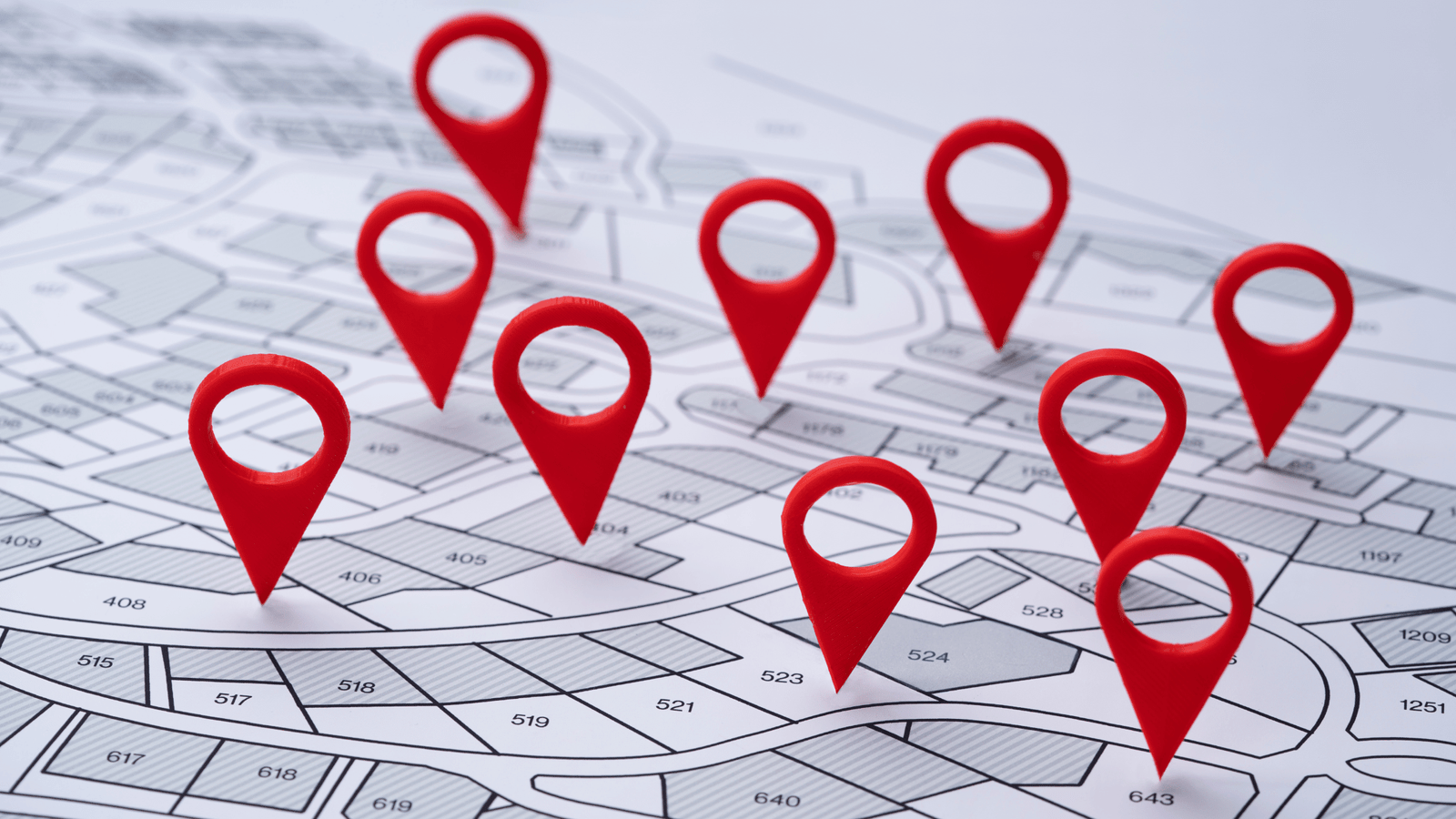Welcome to our comprehensive guide on food photography essentials! Whether you’re a professional food photographer or a passionate home cook looking to up your Instagram game, capturing mouthwatering images of your culinary creations requires the right tools, techniques, and know-how. In this article, we’ll delve into everything you need to know to elevate your food photography skills to the next level.
Gear for Food Photography
Camera
The cornerstone of any food photography setup is a quality camera. While smartphones can capture impressive images, investing in a DSLR or mirrorless camera will provide greater control over settings and produce higher-quality photos. Look for a camera with manual shooting modes, interchangeable lenses, and a large image sensor for optimal results.

Lenses
Selecting the right lens is crucial for achieving the desired look in your food photos. A macro lens is ideal for capturing intricate details and textures, while a prime lens with a wide aperture (such as f/1.8 or lower) can create beautifully blurred backgrounds, drawing focus to the main subject.
Tripod
Stability is key in food photography to avoid blurry images, especially in low-light conditions. Invest in a sturdy tripod to keep your camera steady and ensure sharp, professional-looking photos.
Lighting
Good lighting is essential for capturing the true colors and textures of your dishes. Natural light is often preferred for its soft, flattering quality, but if shooting indoors or at night, consider investing in a continuous lighting setup or portable LED light panels to illuminate your subject effectively.
Tips for Food Photography Success
Styling
Before you start shooting, take the time to style your dish and set up your composition. Pay attention to details such as props, backgrounds, and plating, ensuring they complement and enhance the food rather than distract from it.

Read Also : Best Angles for Food Photography: Tips for Perfect Shots
Food Photography Lighting: How to Get the Perfect Shot
Composition
Experiment with different angles, perspectives, and compositions to find the most visually appealing shot. Consider the rule of thirds, leading lines, and negative space to create dynamic and engaging images.
Color and Contrast
Pay attention to the colors and contrasts in your photos to make your dishes pop off the screen. Experiment with vibrant ingredients, colorful garnishes, and contrasting backgrounds to add visual interest and depth to your images.
Post-Processing
While capturing great photos in-camera is important, post-processing can take your images to the next level. Experiment with editing software such as Adobe Lightroom or Photoshop to fine-tune exposure, color balance, and sharpness, ensuring your photos look their best before sharing them online.
Tricks for Food Photography Mastery
Storytelling
Use your photos to tell a story and evoke emotion in your viewers. Consider the mood, atmosphere, and narrative behind your dish, and convey it through creative composition, lighting, and styling choices.
Capturing Movement
For dynamic and engaging food photos, consider incorporating movement into your shots. Whether it’s pouring sauce, sprinkling herbs, or slicing into a cake, capturing action can add excitement and intrigue to your images.
Experimentation
Don’t be afraid to think outside the box and experiment with unconventional techniques and styles. Play with unconventional angles, experimental lighting, and creative compositions to develop your unique artistic voice and stand out from the crowd.
Conclusion
Mastering the art of food photography requires a combination of technical skill, creativity, and attention to detail. By investing in the right gear, mastering essential techniques, and unleashing your creativity, you can capture stunning images that showcase the beauty and deliciousness of your culinary creations.





